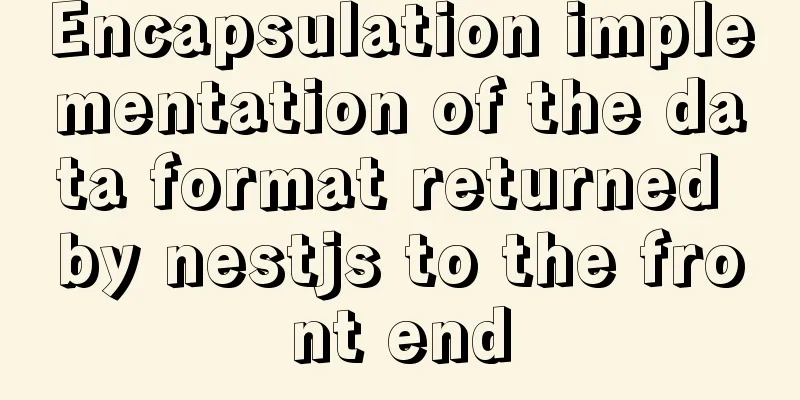Detailed explanation of fetch network request encapsulation example

|
export default ({
url,
method = 'GET',
data = null,
}) => {
// Request configuration let options = {
method
}
// When data is not empty, it is a post request if (data) {
options = {
...options,
body: JSON.stringify(data),
headers: {
'content-type': 'application/json'
}
}
}
return fetch(url, options)
.then(res => res.json())
.then(data => data)
}
useget
post
<script type="module">
import fetchApi from './js/fetch.js'
const vm = new Vue({
el: '#app',
data: {
users: []
},
// Initiate network request mounted() {
let url = 'http://localhost:3000/api/users'
// fetchApi({ url }).then(data => console.log(data))
fetchApi({ url, method: 'POST', data: { id: 200, name: 'aaa' } }).then(data => console.log(data))
}
})
</script>The above is the detailed content of the detailed explanation of the fetch network request encapsulation example. For more information about fetch network request encapsulation, please pay attention to other related articles on 123WORDPRESS.COM! You may also be interested in:
|
<<: MySQL Series 12 Backup and Recovery
>>: The webpage cannot be opened because the div element lacks a closing tag
Recommend
10 Popular Windows Apps That Are Also Available on Linux
According to data analysis company Net Market Sha...
How to quickly install RabbitMQ in Docker
1. Get the image #Specify the version that includ...
Should I use Bootstrap or jQuery Mobile for mobile web wap
Solving the problem Bootstrap is a CSS framework ...
Database query which object contains which field method statement
The database queries which object contains which ...
Vue3 list interface data display details
Table of contents 1. List interface display examp...
Html/Css (the first must-read guide for beginners)
1. Understanding the meaning of web standards-Why...
How to install Jenkins using Docker
Table of contents 1. Pull the image 2. Create a l...
JavaScript to achieve the effect of tab bar switching
Tab bar: Click different tabs to display differen...
Detailed explanation of Vue Notepad example
This article example shares the specific code of ...
HTML uses marquee to achieve text scrolling left and right
Copy code The code is as follows: <BODY> //...
Complete steps to upgrade Nginx http to https
The difference between http and https is For some...
Detailed explanation of mktemp, a basic Linux command
mktemp Create temporary files or directories in a...
Deploy the Vue project on a Linux server
Case 1 vue-cli builds the vue3 project, uploads t...
A brief analysis of how to use border and display attributes in CSS
Introduction to border properties border property...
Detailed tutorial on installing Python 3 virtual environment in Ubuntu 20.04
The following are all performed on my virtual mac...











